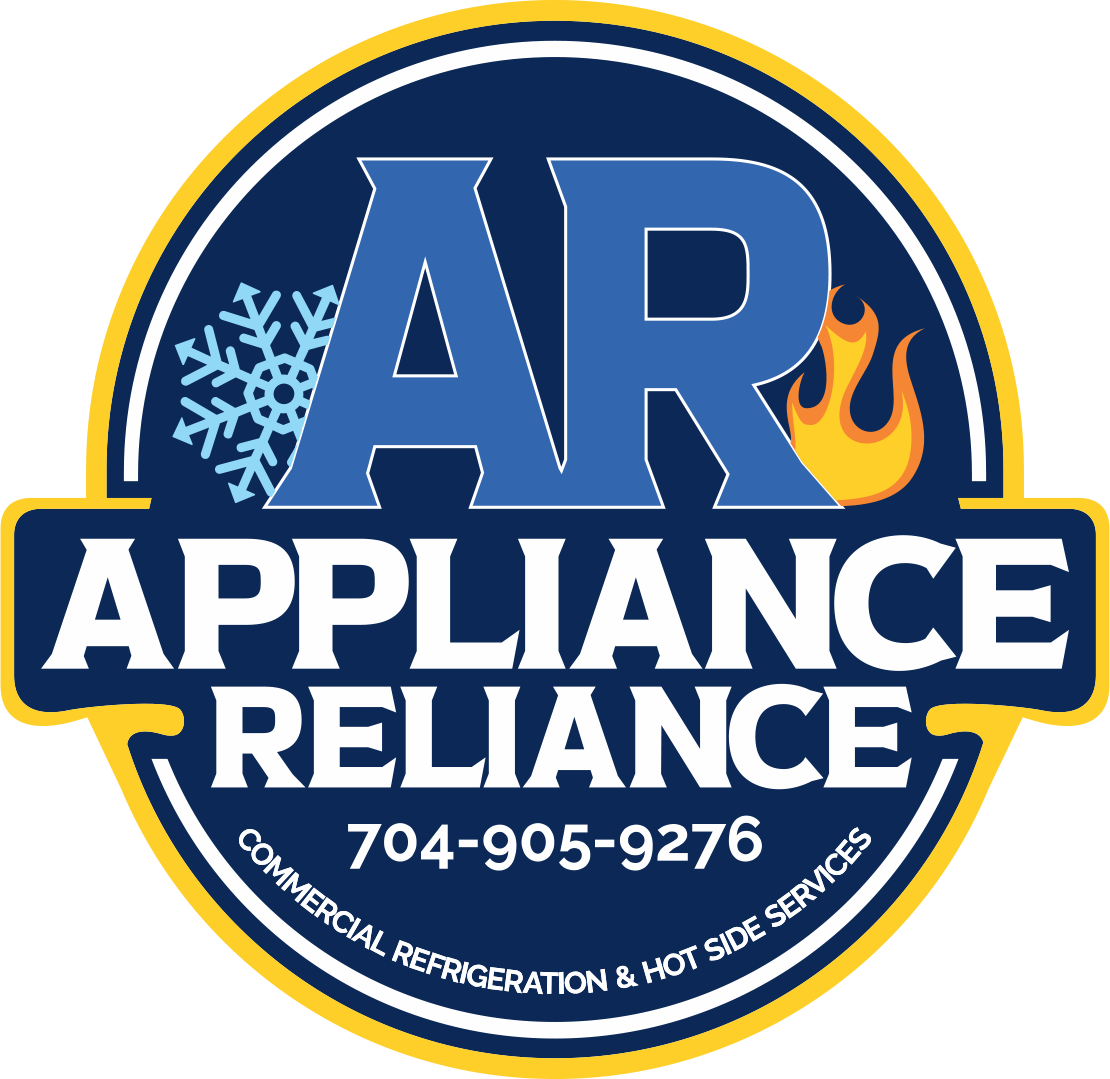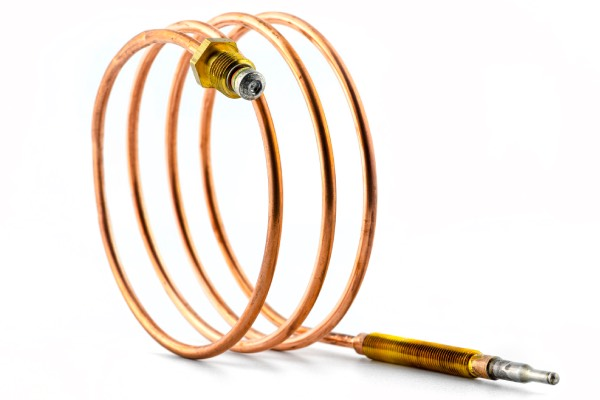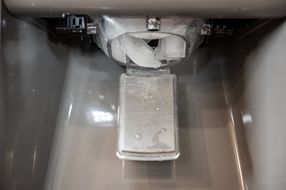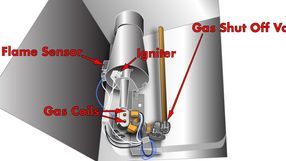Basic Electricity: Terms and Meanings
Circuit: A complete path through which electricity can travel. "Closed" circuits allow electricity to flow. In an "open" circuit, there is a break or obstruction in the pathway that prevents electricity from flowing. The flow of electricity can only occur in circuits. You'd be amazed at how many technicians either forget or don't understand this basic concept when troubleshooting appliances.
Voltage: The amount of potential difference between two points in an electrical circuit, and the driving force behind actual current (flow). Voltage is also known as "potential energy" or "Electromotive Force" (EMF), which causes electrons to move from negative to positive. Volts are measured in "volts," and they are usually denoted by a "V" or an "E" in equations. Voltage drop is another type of voltage we will discuss a lot. You'll see it mentioned below in the definition of a load.
Current: The amount of electrical flow through a circuit - the number of electrons passing through a given point per second. "Amperes" (or "Amps") are used to measure current, and they are referred to as "I" in equations. Amperage is sometimes used to refer to current.
DC (Direct Current): Current that flows in only one direction. Normally, DC current is used in low-voltage circuits and circuits that are conducted over short distances. DC is used in the electronic control of appliances.
Alternating Current (AC): Current that flows in both directions. Both low- and high-voltage circuits as well as long-distance circuits use AC current. Most appliances are powered by AC (from the home's electrical supply).
Resistance: The restriction to the flow of electricity in a circuit. Resistance is measured in ohms (Ω), commonly called "R" in equations. Infinite resistance means that current cannot flow through the circuit at all (an "open" circuit). Zero resistance means there is no resistance in the circuit, so current can flow unrestricted through it (a "short" circuit).
Power/Wattage: Power refers to both energy input into a circuit and output from the circuit, as thermal or mechanical work. Voltage and current make up power. Watts are the most common unit of power. Equations will use the symbol "P". Load: Components in circuits that convert power into heat, light, or motion. A load is something that consumes power instead of converting it. Examples include lights, motors, and heaters. A load restricts the flow of electricity while it performs its task (it creates resistance). Due to this resistance, current flowing through a load will have a voltage drop--a voltage difference from one end to the other.
Conductor: Materials that allow electricity to flow through them. In most cases, it is copper wire, but sometimes it is the chassis or metal frame on which the components are mounted.
Short: Is referred to as a circuit in which there is no resistance to the flow of current through it. Direct shorts may cause a fuse to blow or possibly cause an electrical fire.
Switch : A component that opens or closes the path for electrons to flow (current). When closed, a switch acts as a conductor, with virtually no resistance. A switch that is open will not allow current to flow through it. In some cases, a switch may be open as a result of normal operation, while in other cases it may have failed and is stuck open.
Shunt: A bypass around a load. The bypass itself has no resistance, but the circuit must still have at least one load that is not bypassed that still offers resistance to the flow of current, otherwise it would be a short.






